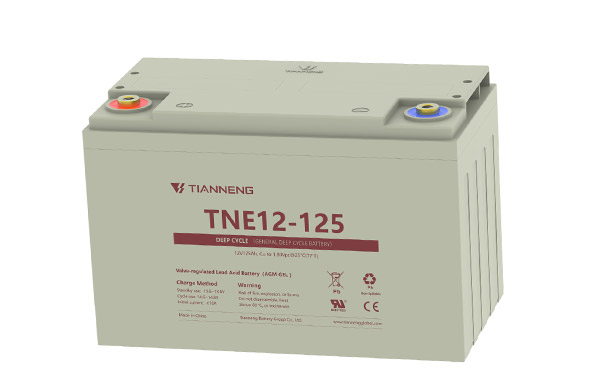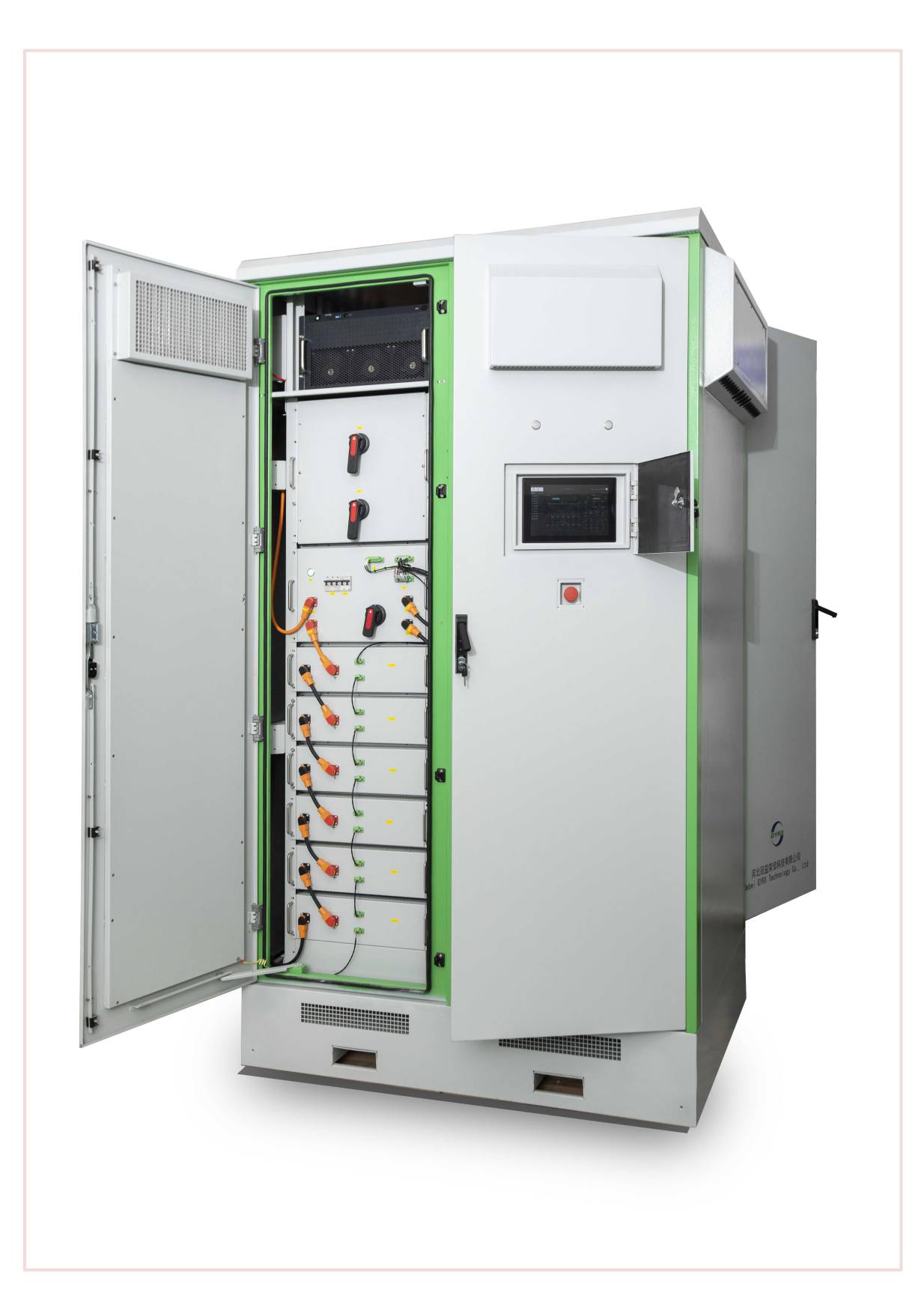
Th7 . 04, 2025 11:25 Back to list
High-Efficiency Flywheel Mechanical Energy Storage Solutions - Leading Exporter & Manufacturer
- Introduction to flywheel mechanical energy storage
and its significance - Technical advantages and underlying mechanisms
- Market landscape and major companies
- Comparative analysis of leading exporters and their products
- Customization options and tailored engineering for industry needs
- Real-world applications and case studies
- Conclusion: The future of flywheel mechanical energy storage solutions

(flywheel mechanical energy storage)
Introduction: The Value of Flywheel Mechanical Energy Storage
With the acceleration of the global transition to sustainable power solutions, flywheel mechanical energy storage has emerged as a robust and efficient technology for addressing the challenges associated with energy generation, distribution, and consumption. Industry reports indicate that the global market for mechanical energy storage flywheel systems is projected to reach $1.5 billion by 2030, growing at a CAGR of 8.7%. This growth is driven by grid modernization efforts, integration demands for renewable sources, and the increasing need for instantaneous backup power. In several pilot projects, flywheel energy storage has demonstrated the ability to maintain grid frequency within ±0.02 Hz, outperforming traditional battery systems in speed and cycle life. As industries shift toward decarbonization and high-reliability energy solutions, flywheel systems are gaining traction across power, industrial, and transportation sectors.
Technical Advantages and Engineering Breakthroughs
The core mechanism of a flywheel mechanical energy storage system lies in its ability to convert electrical input into rotational kinetic energy, which is stored in a rapidly spinning rotor under low-friction conditions. Key advances in materials—such as high-strength carbon fiber composites and advanced vacuum enclosures—have pushed the operational speed of commercial flywheels up to 60,000 rpm, enabling specific energies exceeding 100 Wh/kg and round-trip efficiencies above 95%.
Flywheels excel in both short-term load balancing and high-frequency ancillary services due to their ultra-fast response time (milliseconds), negligible degradation over hundreds of thousands of cycles, and inherent safety characteristics. Unlike most electrochemical batteries, flywheels perform reliably across broad temperature ranges and are less susceptible to hazardous failure modes. Furthermore, the absence of chemical components means flywheel systems are environmentally benign, non-toxic, and maintain their rated capacity for over 20 years with minimal maintenance.
Advanced control systems and digital monitoring now allow precise integration of flywheel banks with microgrids, enabling automated support during faults or fluctuations. For example, a 20 MW flywheel installation can absorb or inject grid power within less than 0.1 seconds, significantly dampening frequency and voltage excursions.
Industry Landscape and Leading Companies
The market for mechanical energy storage flywheel company offerings is evolving rapidly, driven by increasing investments and policy support in North America, Europe, and Asia-Pacific. Several pioneering firms have established themselves as technological and commercial leaders, focusing on applications that span critical infrastructure, renewable integration, and bulk energy services.
Notable players include:
- Beacon Power (USA): A specialist in grid-scale flywheel arrays for frequency regulation and rapid backup.
- Amber Kinetics (USA/Philippines): Developer of steel flywheel technology optimized for long-duration and high-efficiency storage.
- Piller Power Systems (Germany): Focused on high-performance flywheels for uninterruptible power supply (UPS) in industrial and data center settings.
- Kinetic Traction Systems (Australia): Offers energy storage solutions tailored for mass transit and high throughput applications.
Exporter and Product Comparison
The market for mechanical energy storage flywheel exporters is characterized by varied approaches to product engineering, export strategy, and compliance with international certification standards (IEC 62927, UL 810A, etc.). Differences in technical specifications, scalability, and total cost of ownership are increasingly important for buyers and project developers.
Below is a comparative table featuring leading suppliers and export-oriented products:
| Company | Product Model | Energy Capacity (kWh) | Peak Power (kW) | Cycle Life | Round-trip Efficiency | Export Markets | Certifications |
|---|---|---|---|---|---|---|---|
| Beacon Power | Smart Energy 500 | 25 | 500 | >500,000 | 95% | USA, EU, Australia | UL 810A, IEC 62927 |
| Amber Kinetics | M32 | 32 | 160 | >250,000 | 94% | Asia, EU, Americas | IEC 62927 |
| Piller Power Systems | Piller Powerbridge | 40 | 2000 | >1,000,000 | 98% | EU, USA, ME | UL 810A |
| Kinetic Traction Sys. | KTS-Grid 120 | 15 | 120 | >400,000 | 93% | APAC, Africa, EU | IEC 62927 |
While all products excel in rapid discharge and endurance, the selection depends on project-scale, response time, regional compliance, and export support infrastructure. Buyers should closely assess performance guarantees, after-sales service, and scalability when choosing a partner.
Tailored Engineering and Customization Solutions
Addressing the specific needs of various industries requires both modular and fully bespoke mechanical energy storage flywheel products. Top manufacturers offer a high degree of configurability in terms of:
- Energy and power ratios: Tuning storage durations from seconds to multiple hours, as per grid or industrial demand profiles.
- Integration interfaces: Seamless compatibility with SCADA, microgrid controllers, and automated demand response algorithms.
- Form factors and enclosure types: Customization for space-constrained sites, seismic considerations, or mobile deployment in transport sectors.
- Redundancy and failover design: Array configurations for N+1 reliability, critical for hospitals, telecom, and data centers.
Real-World Applications and Case Studies
The versatility and dependability of flywheel mechanical energy storage systems have been established through numerous deployments:
- Grid Stabilization and Frequency Regulation: A U.S. independent system operator integrated a 20 MW flywheel array, delivering over 150,000 hours of frequency support annually, slashing regulation payments to reserve providers by 18%.
- Data Center UPS: A global technology firm replaced portions of lead-acid battery banks with flywheels in its European data campus, achieving zero downtime events in 5 years, and reducing OPEX for backup power by 25%.
- Renewables Integration in Microgrids: On an island grid in Southeast Asia, Amber Kinetics installed flywheels to buffer solar intermittency, resulting in a 35% reduction in diesel generator runtime and consistent voltage support during rapid PV output changes.
- Mass Transit Energy Recovery: In Melbourne, a flywheel storage project recaptured and redeployed over 2 GWh of braking energy in light rail over 12 months, demonstrating a payback period of four years.
Conclusion: Future Outlook for Flywheel Mechanical Energy Storage
In summary, flywheel mechanical energy storage is moving to the forefront of advanced grid and industrial infrastructure worldwide. Its combination of high efficiency, longevity, rapid response, and minimal environmental impact positions it as a powerful complement to batteries and other energy storage technologies. As manufacturers continue refining products and exporters extend their reach, the adoption curve in high-growth markets promises to steepen.
With increasing demands for decarbonization, grid stability, and operational resilience, stakeholders seeking reliable, high-performance solutions should evaluate the rich landscape of mechanical energy storage flywheel products. Supported by strong data, proven case studies, and advanced customization options, flywheel systems are set to play a pivotal role in the structure of 21st-century energy systems.

(flywheel mechanical energy storage)
FAQS on flywheel mechanical energy storage
Q: What is flywheel mechanical energy storage?
A: Flywheel mechanical energy storage is a technology that stores energy in the form of rotational motion using a spinning mass. It enables rapid charging and discharging and is used for grid stabilization and uninterruptible power supplies.Q: How does a mechanical energy storage flywheel company ensure product reliability?
A: Such companies use advanced materials, rigorous quality control, and thorough testing to ensure each flywheel operates efficiently and safely. Reliability is a key selling point for these products.Q: Can mechanical energy storage flywheel exporters customize products for different markets?
A: Yes, exporters often tailor their flywheel systems based on customer requirements, local regulations, and grid standards. Customization ensures optimal performance and compliance.Q: What are some applications for mechanical energy storage flywheel products?
A: Flywheel products are used in renewable energy integration, grid frequency regulation, and backup power systems. They provide high cycle life and rapid energy response.Q: How do I choose the right mechanical energy storage flywheel company for my needs?
A: Evaluate companies based on their technological expertise, track record, certifications, and after-sales support. Request product specifications and case studies for informed decision-making.This is the last article
-
High-Efficiency Flywheel Mechanical Energy Storage Solutions - Leading Exporter & Manufacturer
NewsJul.04,2025
-
Distributed Renewable Energy Storage Solutions – Reliable, Scalable & Eco-friendly Systems
NewsJul.04,2025
-
Industrial Energy Storage Solutions for Businesses Reliable Commercial & Industrial Energy Storage Factories & Exporter
NewsJul.04,2025
-
Nashua Outdoor Power Supply Solutions – Reliable Exporter & Leading Product Company
NewsJun.10,2025
-
Electricity Supply Emergency Code Solutions – Reliable Products & Exporter Services
NewsJun.10,2025
-
Vault Portable Power Station – Reliable Energy Solution for Outdoor & Emergency Leading Company & Exporters
NewsJun.10,2025























